Which Variable Nd Filter To Buy ?
The variable ND filter to buy depends on your specific needs and preferences. Factors to consider include the filter's price, quality, compatibility with your camera lens, and the range of light reduction it offers. It is recommended to research and compare different brands and models to find the one that best suits your requirements.
1、 Filter density: Choosing the appropriate level of light reduction.
When it comes to choosing the appropriate level of light reduction for a variable ND filter, there are a few factors to consider. The primary purpose of a variable ND filter is to control the amount of light entering the camera lens, allowing for greater flexibility in exposure settings. This is particularly useful in situations where the lighting conditions are constantly changing, such as outdoor photography or videography.
The first consideration is the filter density range. Variable ND filters typically offer a range of light reduction, usually measured in stops. The most common range is between 2 and 8 stops, although some filters may offer even greater light reduction. The choice of filter density range depends on the specific requirements of your photography or videography needs. For example, if you frequently shoot in bright sunlight, a filter with a higher density range would be more suitable to achieve the desired exposure.
Another important factor to consider is the quality of the filter. Cheaper filters may introduce color casts or reduce image sharpness, which can significantly impact the overall image quality. It is advisable to invest in a high-quality variable ND filter from a reputable brand to ensure optimal performance.
Additionally, the size of the filter should match the diameter of your camera lens. Most variable ND filters come in different sizes, so it is essential to choose the correct size to ensure compatibility.
Lastly, it is worth considering the latest advancements in variable ND filter technology. Some filters now incorporate additional features such as nano-coatings to reduce reflections and improve image clarity. These advancements can enhance the overall performance of the filter and provide better results.
In conclusion, when choosing a variable ND filter, it is crucial to consider the filter density range, quality, size, and any additional features. By carefully evaluating these factors and keeping up with the latest advancements, you can make an informed decision and select the most suitable variable ND filter for your photography or videography needs.
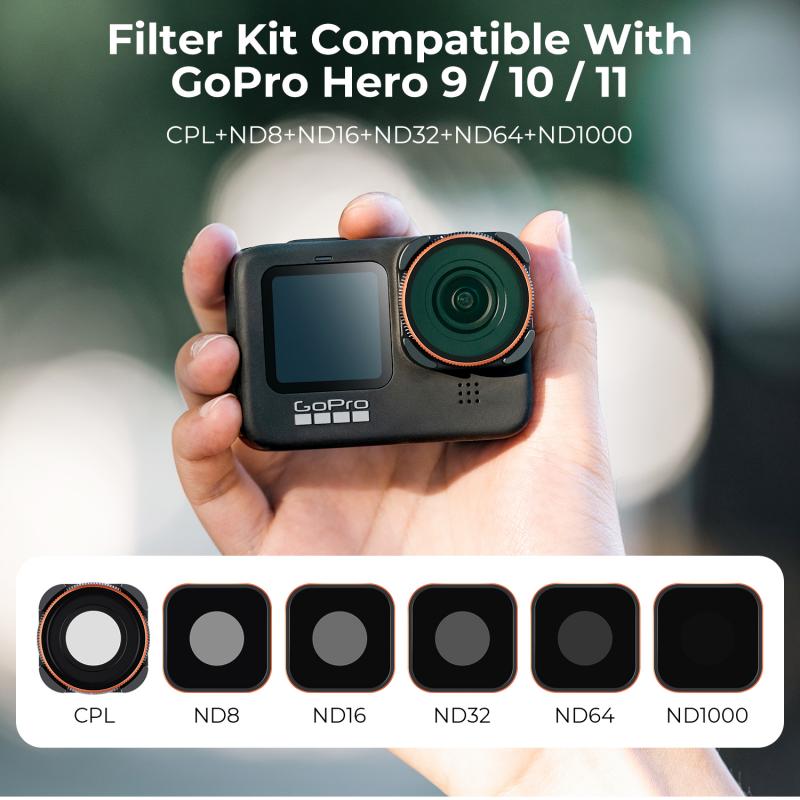
2、 Filter size: Selecting the correct diameter for your lens.
When it comes to selecting the correct diameter for your lens filter, there are a few factors to consider. The filter size refers to the diameter of the filter that will fit onto your lens. It is important to choose the right size to ensure compatibility and avoid any vignetting or obstruction of the image.
The first step is to determine the filter thread size of your lens. This information can usually be found on the front of the lens or in the lens specifications. It is typically indicated by a symbol that looks like a circle with a line through it, followed by a number (e.g., Ø58mm).
Once you have identified the filter thread size, you can then choose the appropriate filter diameter. It is recommended to select a filter size that matches the filter thread size of your lens. However, if you have multiple lenses with different filter thread sizes, you may consider purchasing a larger filter size and using step-up rings to adapt it to your various lenses.
Additionally, it is worth noting that some lenses have a larger front element or a built-in lens hood that may cause vignetting when using certain filter sizes. In such cases, it is advisable to choose a larger filter size to avoid any obstruction of the image.
In recent years, there has been a trend towards using larger filter sizes, such as 77mm or 82mm, due to their versatility and compatibility with a wide range of lenses. This allows photographers to use the same filters across multiple lenses, reducing the need for multiple filters in different sizes.
In conclusion, selecting the correct diameter for your lens filter involves identifying the filter thread size of your lens and choosing a filter size that matches or is larger to avoid any vignetting or obstruction. Considering the trend towards larger filter sizes can also provide greater flexibility and compatibility with multiple lenses.

3、 Filter material: Considering the quality and durability of the filter.
When it comes to choosing a variable ND filter, the filter material is an important factor to consider. The quality and durability of the filter can greatly impact the performance and longevity of your photography equipment.
One of the most popular filter materials used in variable ND filters is glass. Glass filters are known for their high optical quality, providing excellent clarity and minimal distortion. They are also highly durable and resistant to scratches, making them a great choice for photographers who frequently use their filters in challenging environments. However, glass filters can be heavier and more expensive compared to other materials.
Another option is resin filters, which are made from a high-quality plastic material. Resin filters are lighter and more affordable than glass filters, making them a popular choice among photographers. While they may not offer the same level of optical quality as glass filters, they still provide good image quality and are more than sufficient for most photography needs.
In recent years, there has been a rise in the popularity of nano-coated filters. These filters are coated with a special nano-coating that helps repel water, oil, and dust, making them easier to clean and maintain. Nano-coated filters also reduce reflections and flare, resulting in improved image quality. However, they can be more expensive than non-coated filters.
Ultimately, the choice of filter material depends on your specific needs and budget. If you prioritize optical quality and durability, a glass filter may be the best option for you. If you are looking for a more affordable and lightweight option, a resin filter could be a suitable choice. Additionally, if you value easy maintenance and improved image quality, a nano-coated filter may be worth considering.
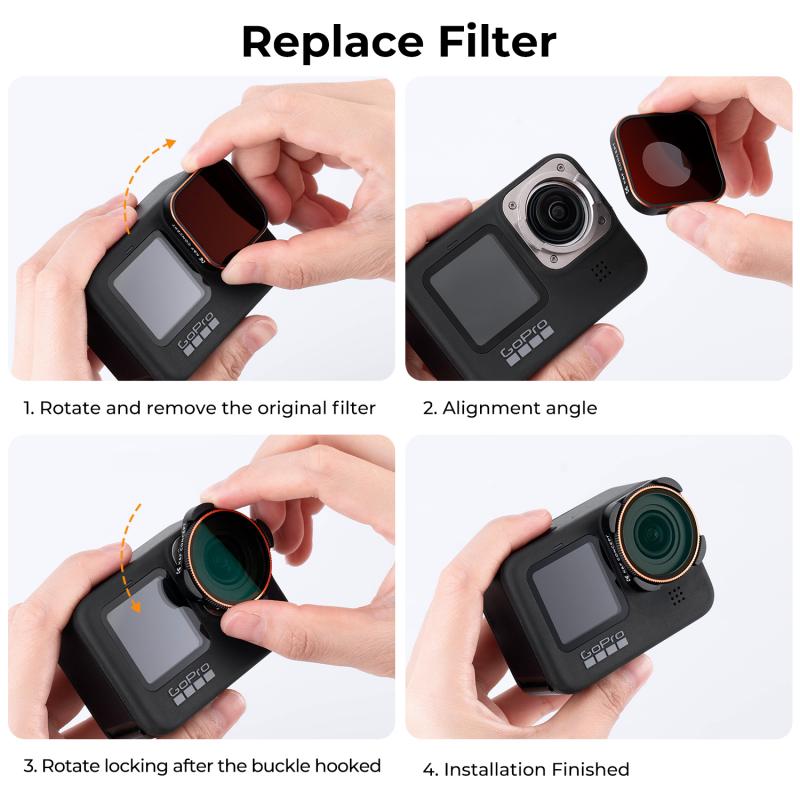
4、 Filter coating: Opting for multi-coated filters to minimize reflections.
When it comes to choosing the right variable ND filter, one important factor to consider is the filter coating. Opting for multi-coated filters can help minimize reflections and improve the overall image quality.
Multi-coated filters are designed with multiple layers of anti-reflective coatings on both sides of the glass. These coatings help reduce unwanted reflections and flare caused by light bouncing off the filter surface. By minimizing reflections, multi-coated filters can enhance contrast, color accuracy, and overall image sharpness.
In addition to reducing reflections, multi-coated filters also offer other benefits. They can improve light transmission, allowing more light to pass through the filter and reach the camera sensor. This is particularly useful when shooting in low-light conditions or when using a high-density ND filter that may reduce the amount of light reaching the sensor.
Furthermore, multi-coated filters are more resistant to scratches, fingerprints, and smudges compared to uncoated or single-coated filters. This makes them easier to clean and maintain, ensuring long-lasting performance.
It is worth noting that the quality of the multi-coating can vary among different brands and price ranges. Higher-end filters often feature advanced coatings that are more effective in reducing reflections and maintaining image quality. Therefore, it is advisable to invest in a reputable brand that offers high-quality multi-coated filters.
In conclusion, when choosing a variable ND filter, it is recommended to opt for multi-coated filters to minimize reflections and improve image quality. The advancements in multi-coating technology have made these filters an essential tool for photographers and videographers, allowing them to capture stunning images with enhanced clarity and contrast.
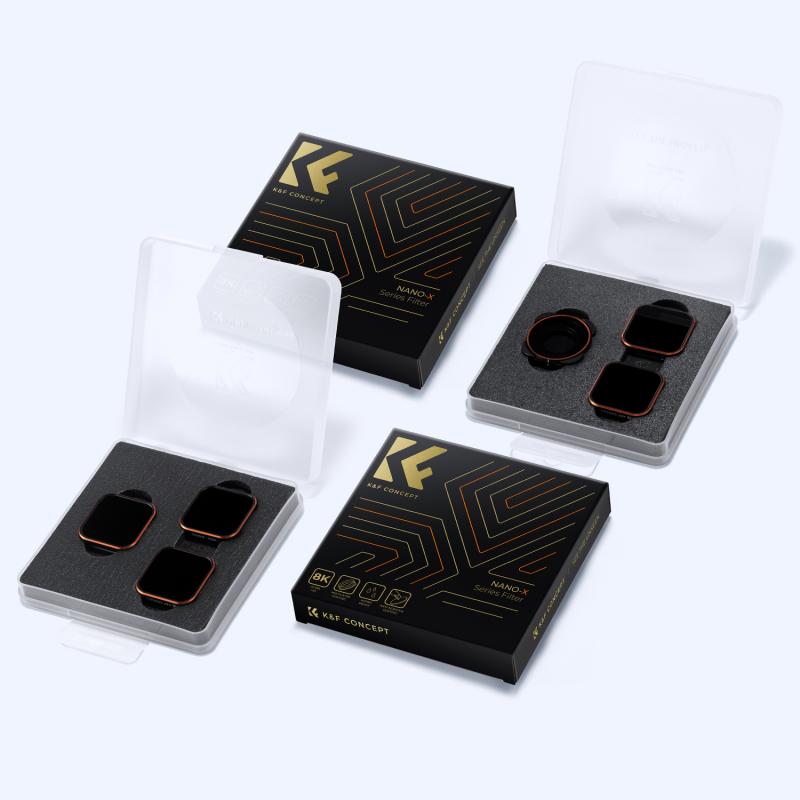


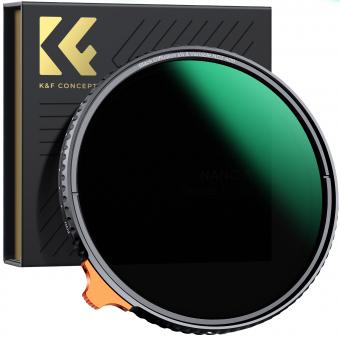
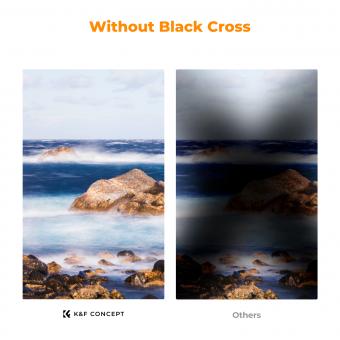


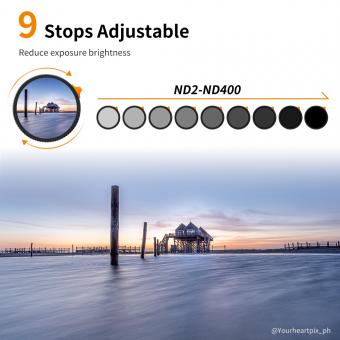



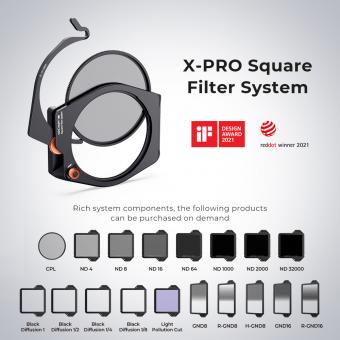

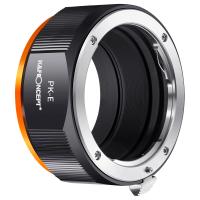


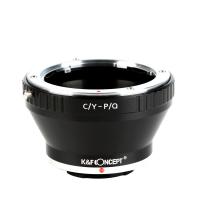
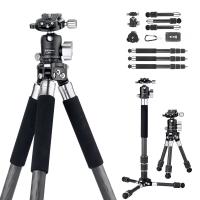

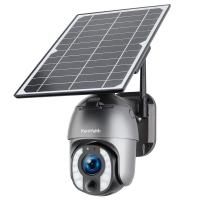
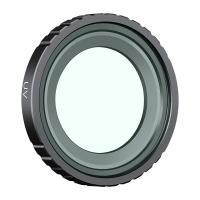
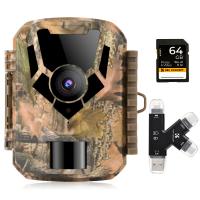
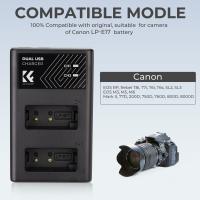
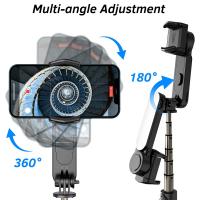


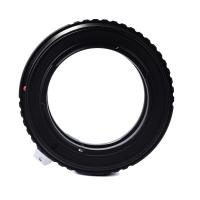

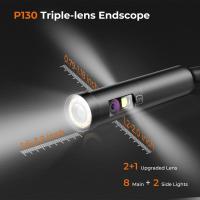

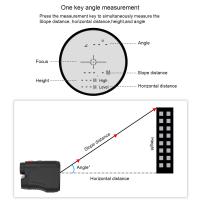
There are no comments for this blog.